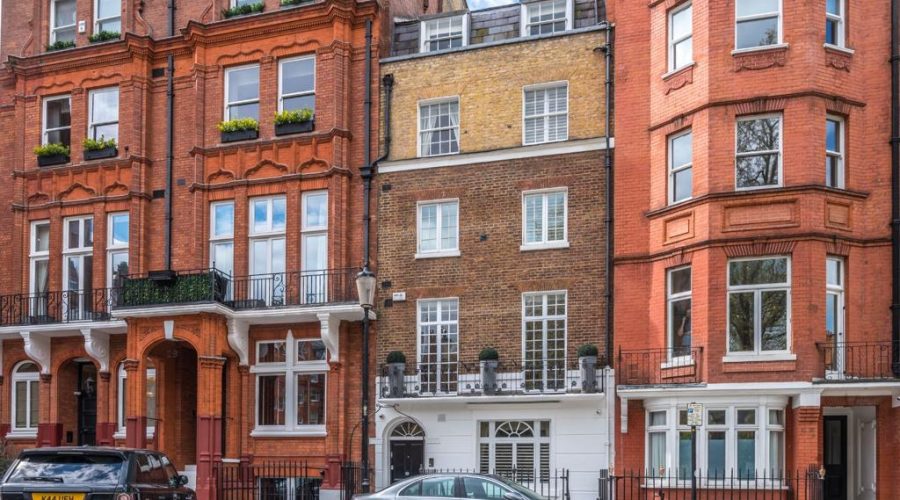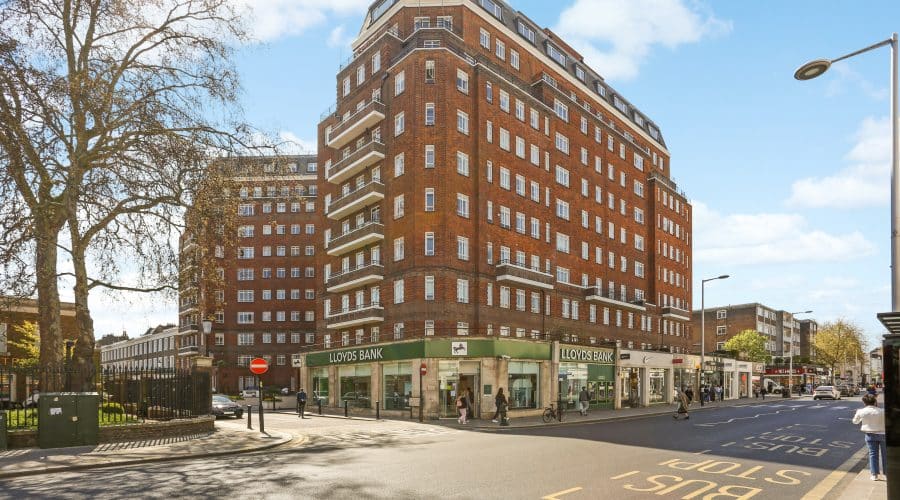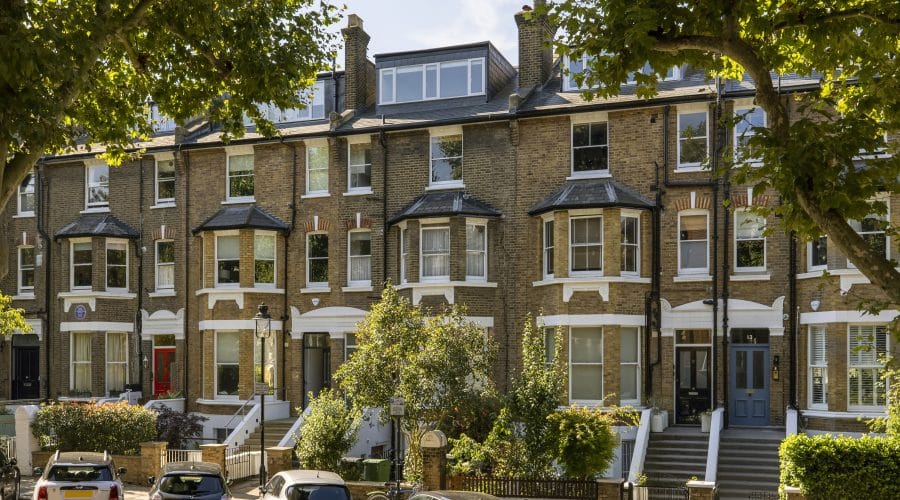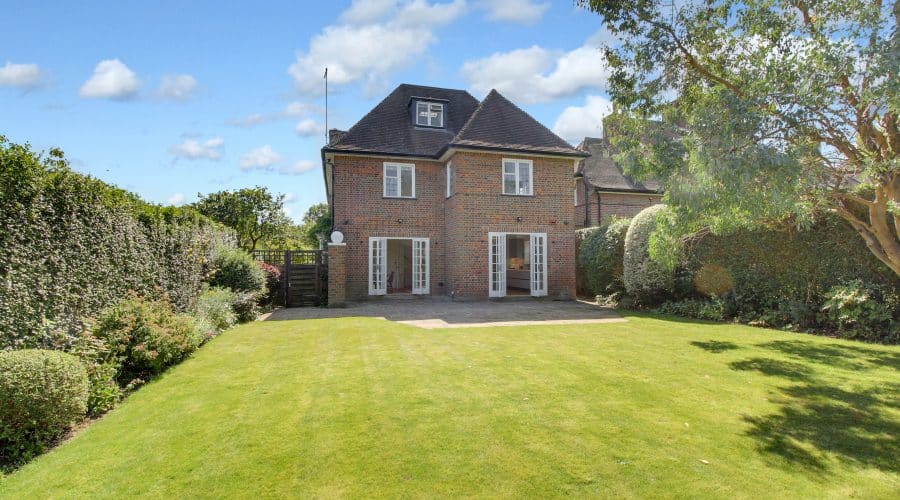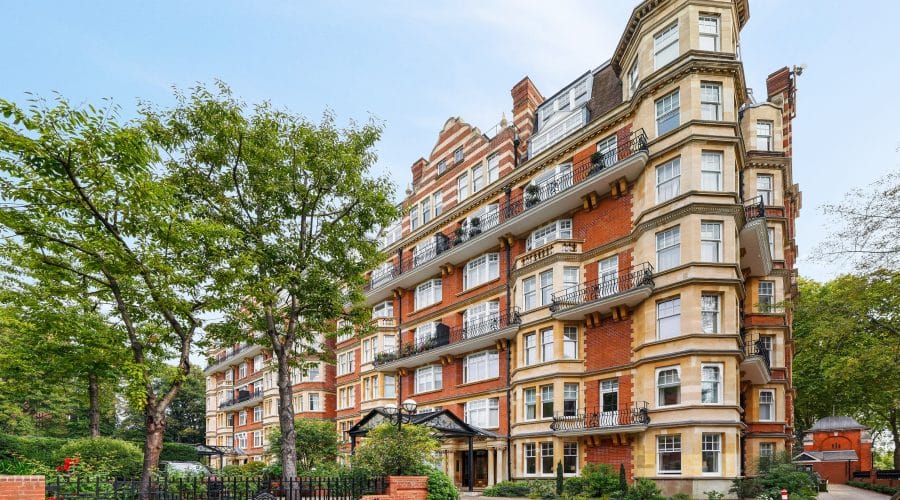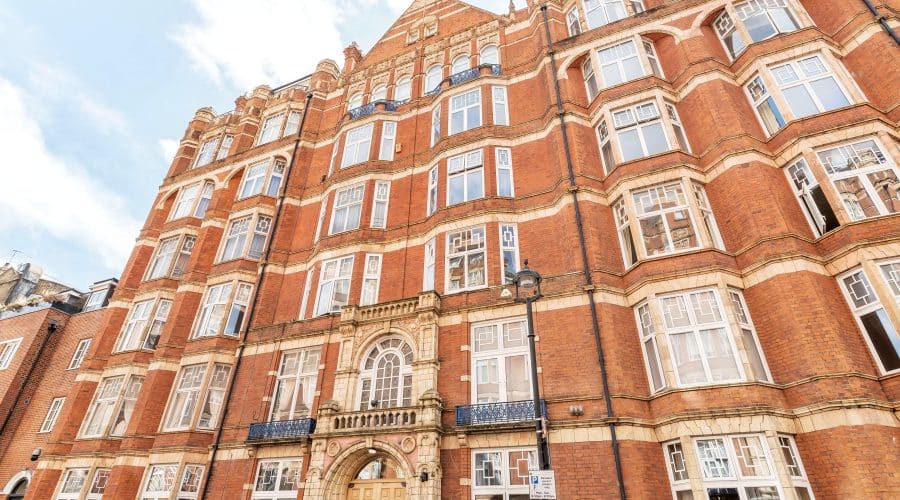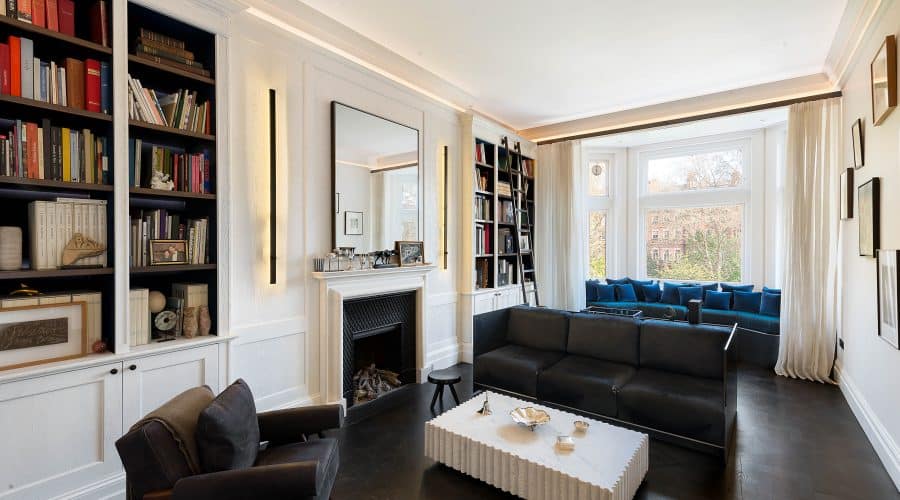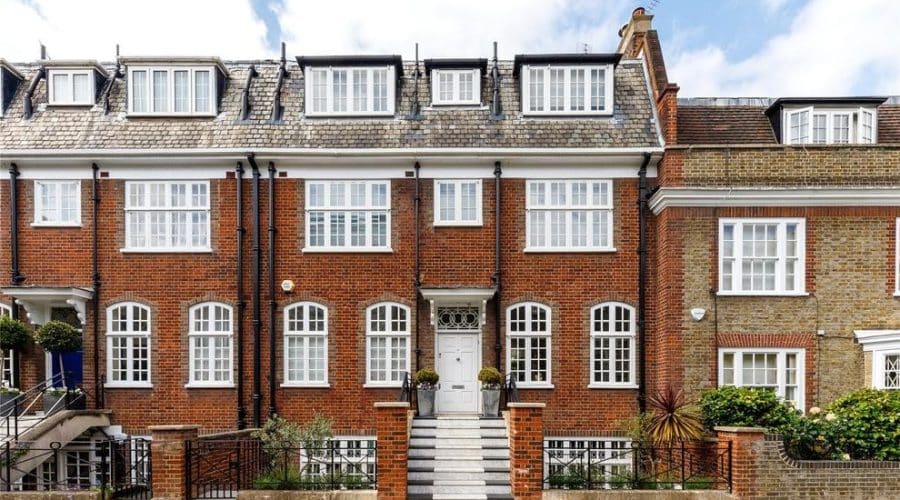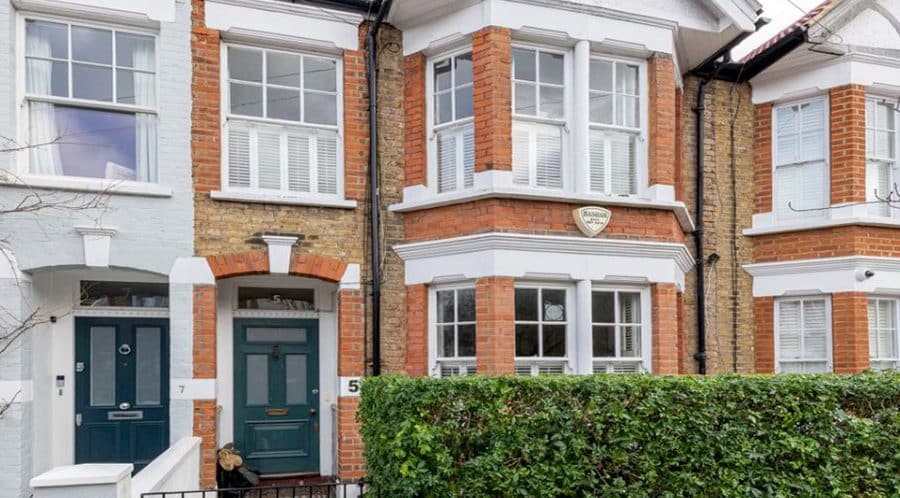Not since the days of Roy Jenkins and the permissive society has a government minister struck such a cavalier note. That was until last March, when pensions minister Steve Webb announced: “If people want to buy a Lamborghini… that is their choice.”
Mr Webb was speaking in the context of the Government’s ongoing pensions reforms, which were being driven forward at breakneck speed by the Chancellor of the Exchequer. From next year, people will be able not only to release up to 25 per cent of their pension pots tax-free, but to access those pots almost as easily as they can access their bank accounts.
It is goodbye to that safe-but-dull annuity, and hello Lamborghini, fine wine and holidays in the Caribbean. Until the cash runs out, of course.
Could it also be hello second, third and fourth homes? Anyone can see that, with interest rates at their current level, money in the bank is going to grow so slowly that it might as well be kept under a blanket. Property prices, by contrast, have soared, far outstripping inflation.
All that might change, of course. But anyone who has been tempted to release capital from their pension pots, and wants to put the money to good use, not just blow it on extravagances, would be mad not to include property in their long-term financial calculations.
We have all endured those tedious dinner parties where Plonker A boasts about how he did up a flat in Walthamstow and made £300,000 profit in six weeks, and Plonker B says that’s nothing, he made a cool million on his buy-to-let in Barcelona. Well, if you cannot beat the plonkers, why not join them?
This 20-step guide to becoming a property millionaire is hardly foolproof or risk-free, but it incorporates practical tips from the experts.
1. Target flats rather than houses
Most observers agree that investors who put money into flats tend to generate a good return. “Generally speaking, flats make better buy-to-let investments than houses, and if your budget will stretch to a two-bedroom, two-bathroom flat, we would always advise that,” says Camilla Dell of Black Brick.
The second bathroom might sound unnecessary, but the more flexible your buy-to-let property is, the better.
2. Be patient
It’s important to assess all the pros and cons of an investment before jumping in. “Remember that property is a long-term game, and if you want to make money from it, never put yourself in a position where you are forced to sell,” explains Rupert Collingwood of the London Management Company.
How many buy-to-let investors commit precipitately to a purchase after listening to the sales pitch from a developer? They should talk to local lettings agents before taking the plunge.
3. Don’t put all your eggs in one basket
As with stocks and shares, a diverse property portfolio is much more likely to weather financial turbulence than one relying on a single, bold gamble. The potential return on that beach development in Albania may look mouth-watering, but if the Balkans lets you down, it is nice to have a student buy-to-let in Bristol to fall back on.
4. Always look for ways to add value
“One of the best ways to make money out of a property is to add value to it,” says Dan Channer of Finders Keepers in Oxfordshire. “Even seemingly unglamorous purchases can prove lucrative. For instance, consider a maisonette above a shop with potential for a loft conversion.”
5. Become tax-efficient
You will never become a property millionaire if you pay the taxman more than you absolutely have to. “There are many ways to keep your tax bill down, and you should take full advantage of them if you want to achieve maximum capital growth,” says David Hannah of Cornerstone Tax.
“If you are married, ensure any rental income from your property portfolio is divided between you and your spouse in the most tax-efficient way. You should also maximise savings from tax-deductible items, such as furnishings.”
6. Exploit local knowledge
It sounds obvious, but when buying a property, it’s not going to be easy to spot a bargain thousands of miles away. The sort of property that is so reasonably priced it can hardly fail to appreciate in value is going to be much easier to spot in your own backyard. In addition, you will have all the vital information about schools, transport and so on at your fingertips. You will also find keeping tabs on tenants so much easier than from another town.
7. Start at home
Are you nearing retirement age and living in a tired and dilapidated family house that is far too big for you? Then consider breaking it up into two or three flats. You can keep the ground-floor flat for yourself and use the others as the first building blocks in your property portfolio, advises Luke Walsby of Hamptons International. It makes obvious financial sense to release some equity from your biggest asset, and you will be on the spot to oversee the newly created flats.
8. Find professional partners you can trust
Unless you are a financial wizard with a law degree and advanced DIY skills, you are going to need professional help in building your property portfolio. “Pick the right partners, people you can trust, with expertise in their chosen field,” says Phillip Button, managing director at property investment specialists Brookes & Co. Finding dependable builders, lawyers and accountants is not just key to maximising your profits, but will offer you peace of mind during a complex process.
9. Is there cash in your attic?
If you are thinking of selling your main home to raise capital and kick-start your portfolio, consider making value-adding improvements first. A loft conversion or extension – assuming you have not employed a cowboy builder – can add 20 per cent to the value of a property, according to a recent Zoopla survey.
10. Take advantage of low mortgage rates
“Turning an initial investment of £200,000 into a £1 million portfolio is certainly achievable if you do your homework,” says Graham Davidson of Sequre Property Investment. “One possible strategy might be to buy eight properties costing £100,000 each, using a 75 per cent buy-to-let mortgage, and putting down a £25,000 deposit on each. “Invest intelligently in vibrant, up-and-coming cities such as Manchester and Liverpool, and you would soon be in a position to purchase four or five more similar properties.”
11. Don’t turn your nose up at unfashionable suburbs
“For anyone nearing retirement, I would strongly suggest buy-to-lets in suburban London,” explains Marc von Grundheer of Benham & Reeves Residential Lettings.
“I have just bought a one-bedroom flat in Tooting for £320,000, opposite St George’s hospital, and am expecting to get a rental yield of 5 per cent. You would be hard pressed to achieve that in central London at the moment.”
12. Think Waitrose
Even if you prefer shopping in Tesco or Sainsbury’s, you should keep an eagle eye on what Waitrose is doing. If there is a new Waitrose scheduled to open in Hampton-in-the-Puddle, then a better class of resident in the area – and a subsequent hike in house prices – can be confidently predicted.
13. Look for young professionals as tenants
“If you are pursuing a high-income investment strategy as a means of building a £1 million portfolio, the best tactic is to invest in premium-quality, low-cost shared accommodation for working professionals,” says Steve Bolton of Platinum Property Partners.
With the right tenants, converting a single-occupancy property into one in multiple occupation will lead to significant capital gains, covering the refurbishment costs with plenty to spare.
14. Don’t trust estate agents’ estimates of rental yields
Novice buy-to-letters are at the mercy of estate agents promising unrealistic rental yields. So don’t trust the agents, do your research and get genuinely independent advice, says Camilla Dell of Black Brick. Average rental yields in central London are a modest 2.83 per cent, and if you only have around £200,000 to invest in a buy-to-let apartment, you may do better in “outer prime” areas, such as Fulham and the City.
15. Vive la France!
The French property market is in the doldrums and, with the pound so strong and the euro so weak, there will never be a better time to buy that dilapidated farmhouse in the Dordogne for a song. Do it up, turn it into a stylish holiday home, with all mod cons and swimming pool, and wait for the optimum time to sell. You could double your money in five years – and have some slap-up French meals along the way.
16. Check out property investment funds
“There’s nothing better than lying by a swimming pool and watching the pool go up in value,” says David Rogers of Rocksure Investments.
Rocksure specialises in schemes where, for an outlay of just over £200,000, you can purchase a share of a luxury villa in the sun – or, for that matter, a Chelsea apartment, a blue-chip investment if ever there was one – and have personal use of it for a certain number of days a year. Capital growth tends to be modest but reliable.
17. Could Jersey be a cash cow?
In a recent report highlighting islands where property prices have remained resilient during the global economic crisis – and which offer outstanding long-term investment potential – the Channel Islands came close to the top, along with the likes of the Bahamas and the British Virgin Islands.
“The next 10 years will see a growing appetite for island real estate development,” predicts Yolanda Barnes, the director of Savills World Research.
18. Become a trainspotter
When you analyse why house prices have grown faster in some areas than others, you will often find that the single most important factor is improved rail links, slashing commute times.
But it is no good waiting until that new station has been built before sinking money in an area. You need to stay ahead of the game, study long-term transport plans and pinpoint areas that will get the benefit of improving rail links in five years’ time.
19. Follow trends in planning approvals
Keep an eye out for approved local planning applications, urges Natalie Hall of Fyfe Mcdade. They can be found on local authorities’ websites and often give an early indication of areas with good long-term investment potential.
Where planning permission has been granted for major housing schemes, there is often a noticeable ripple effect years before the developments have actually been built.
20. Remember the growth potential in gardens
Even if you are investing in a city apartment, remember how much people value fresh air.
“Our research suggests that London properties with some kind of outdoor space, such as a small patio, are worth 20 per cent more than properties without such a space,” says Nick Barnes, head of research at Chestertons.
As for your own outdoor space, worry not. If all your buy-to-lets perform according to plan, you’ll be able to afford as much of that as you want.

